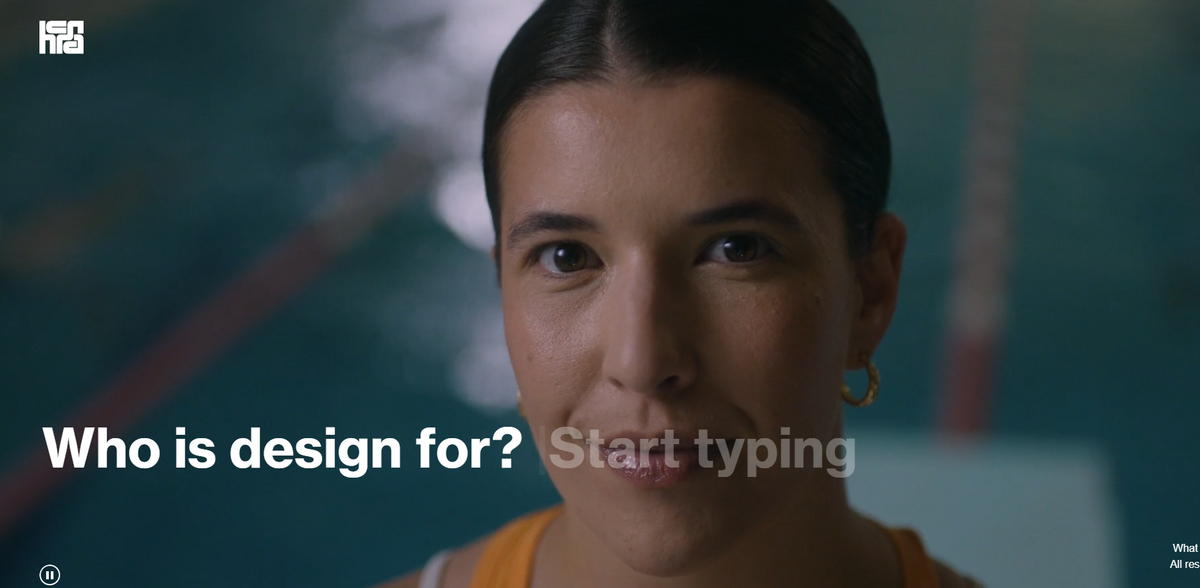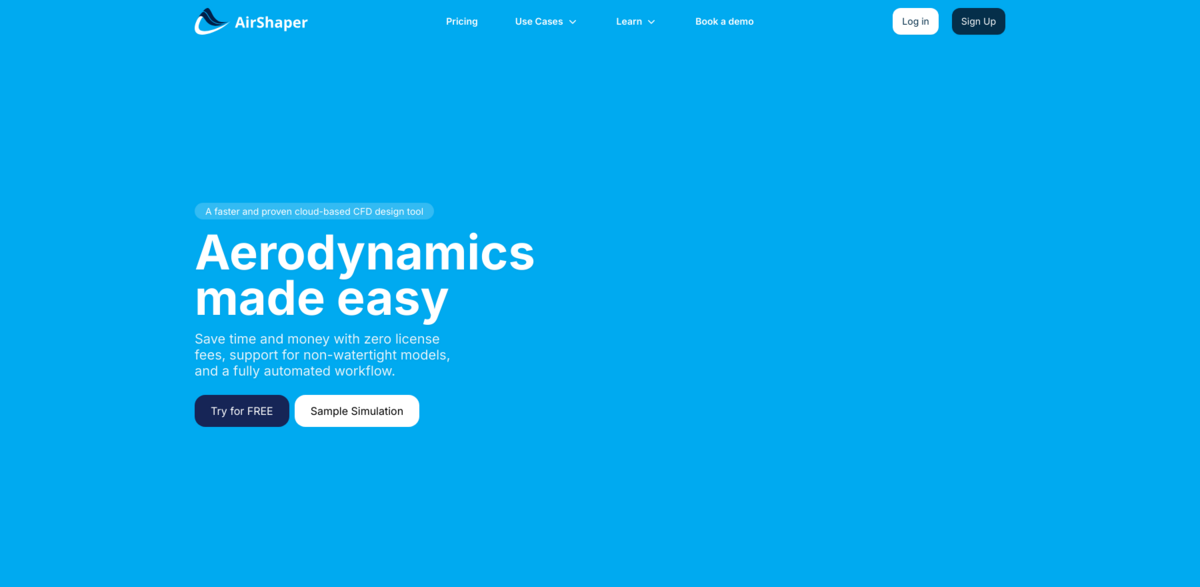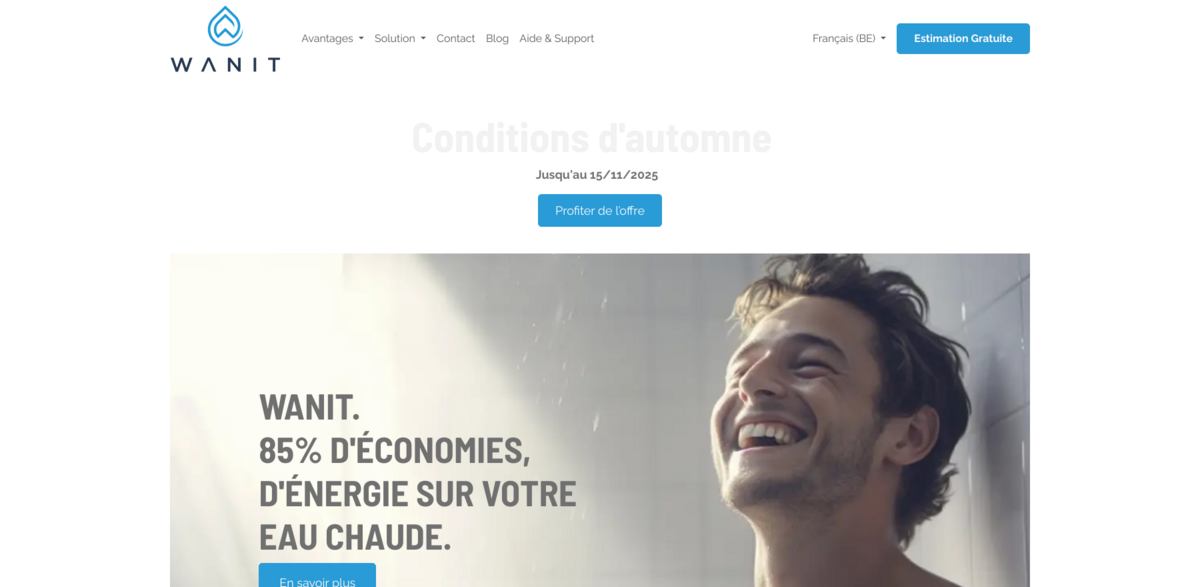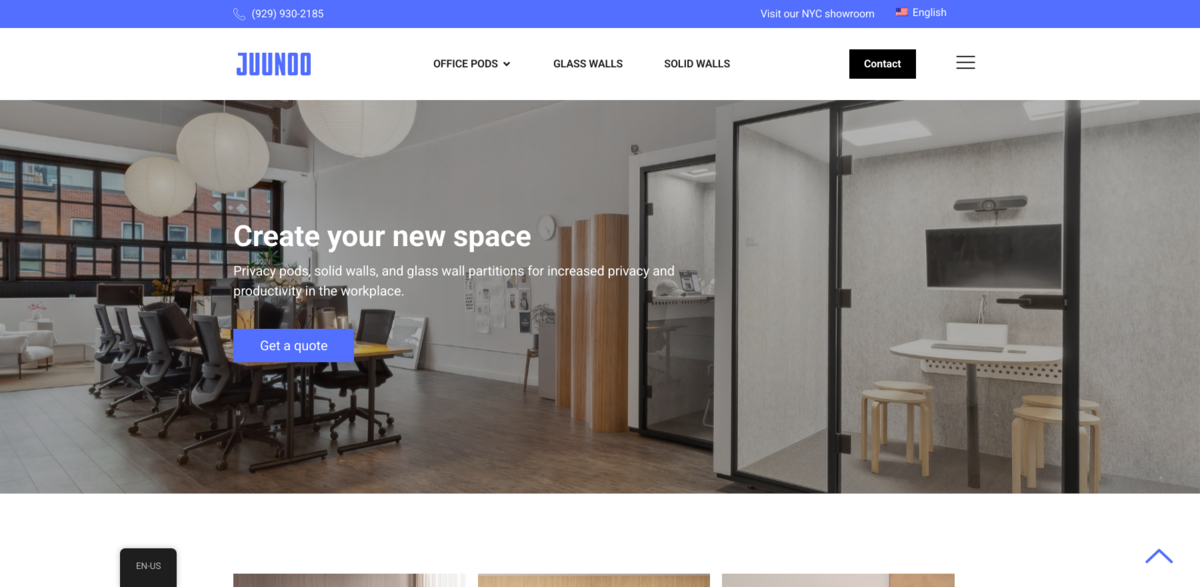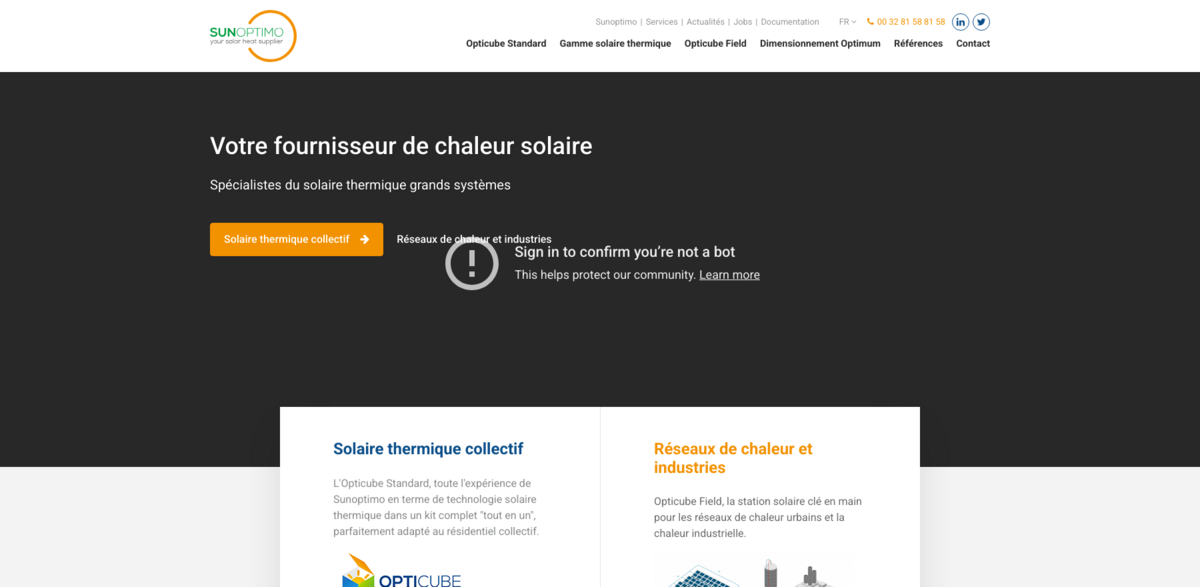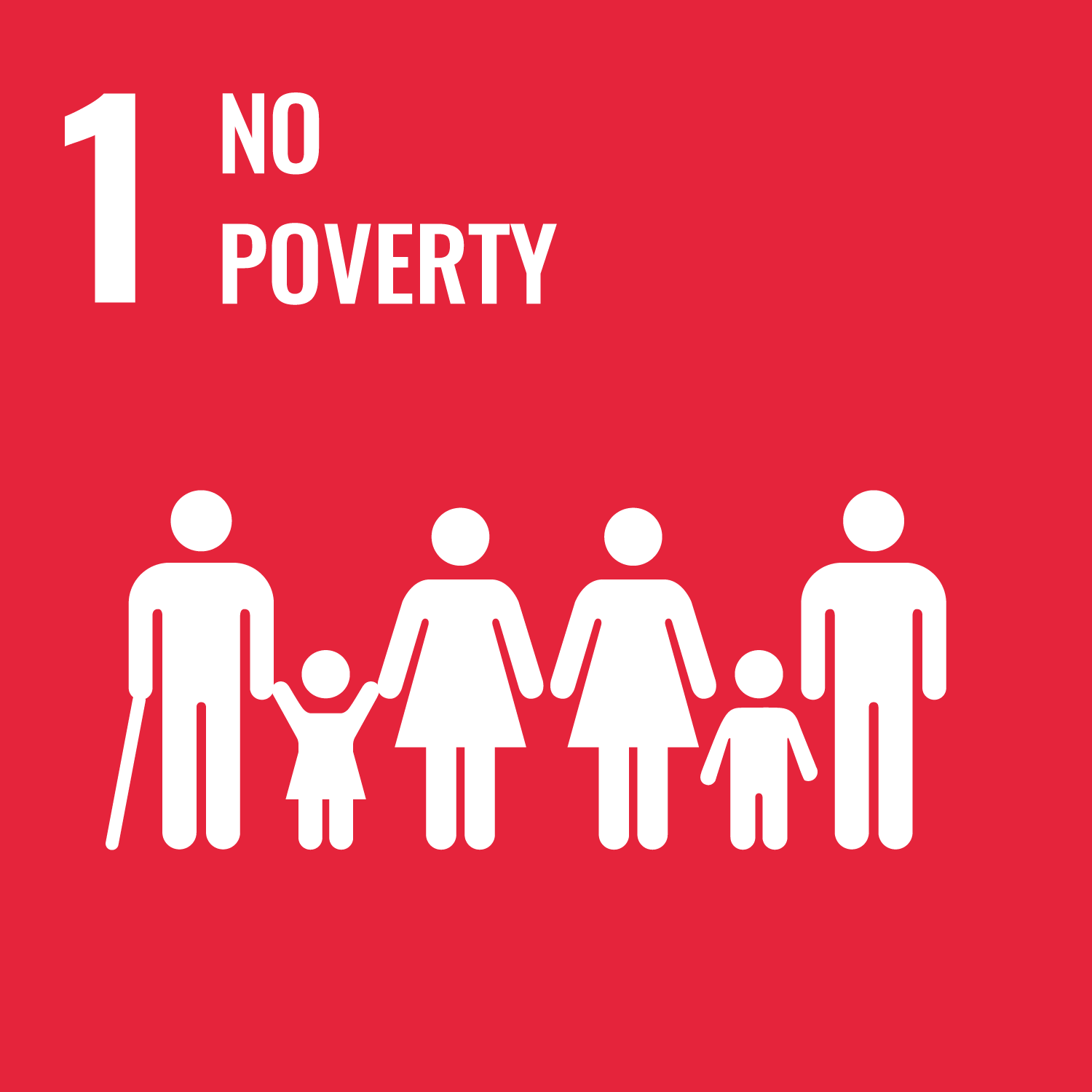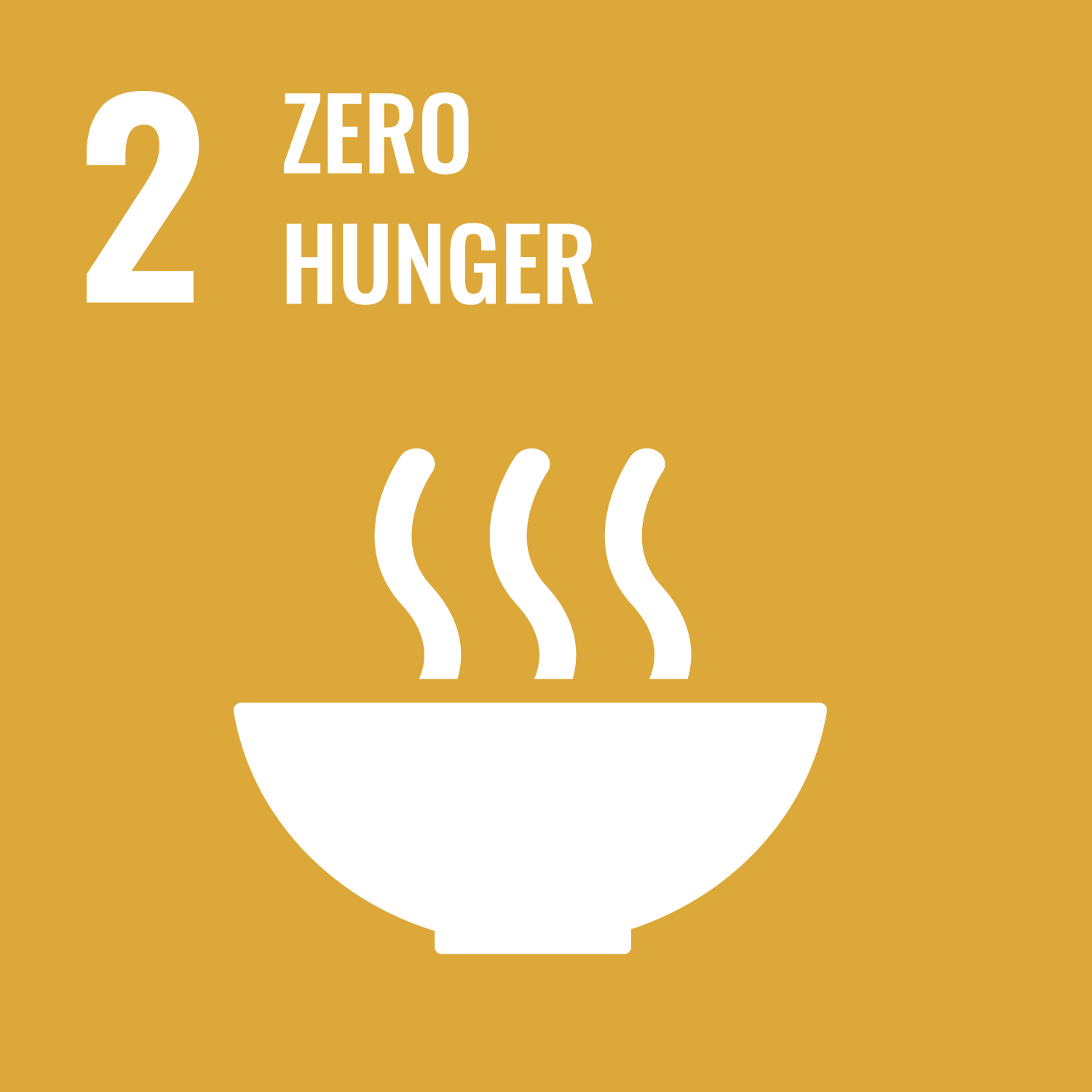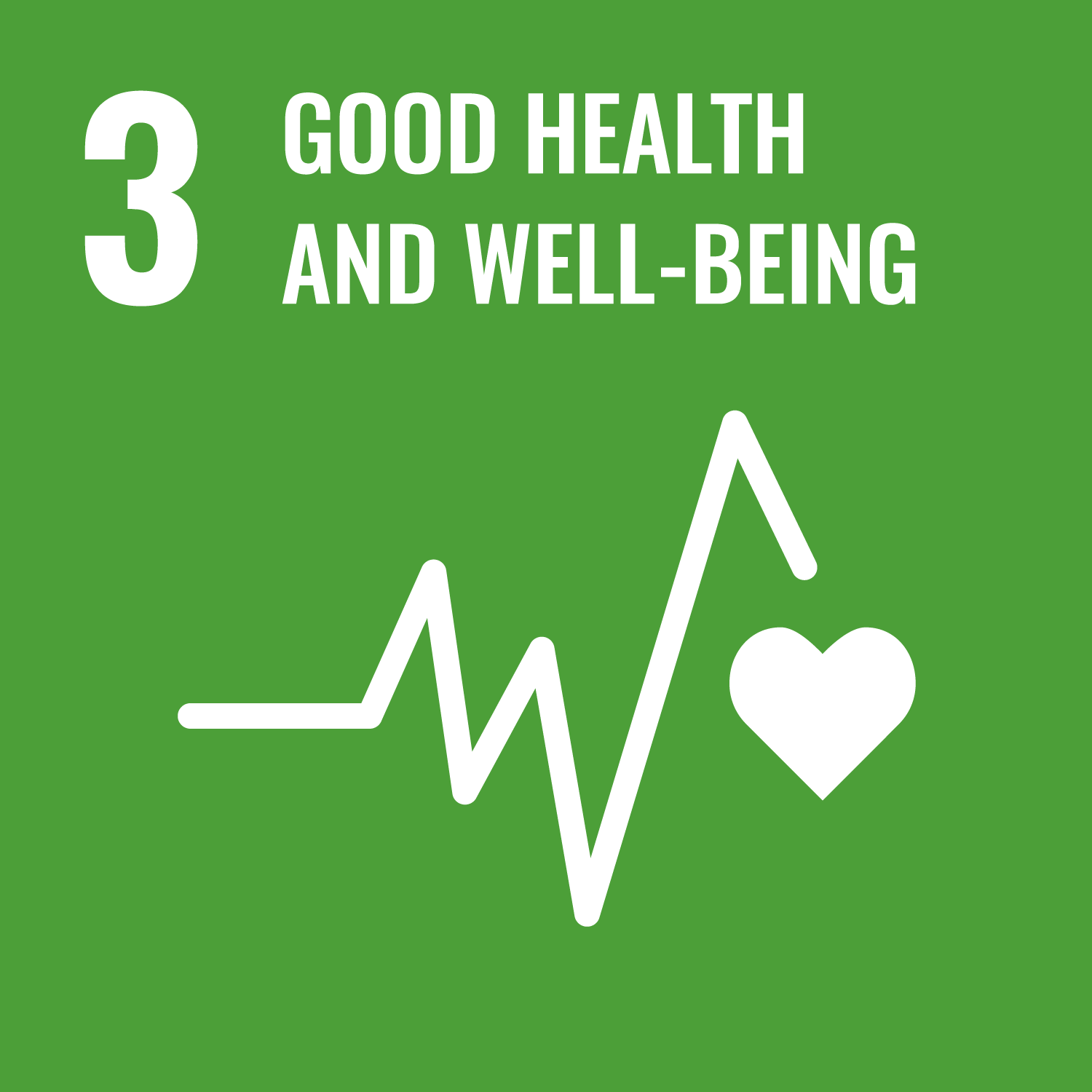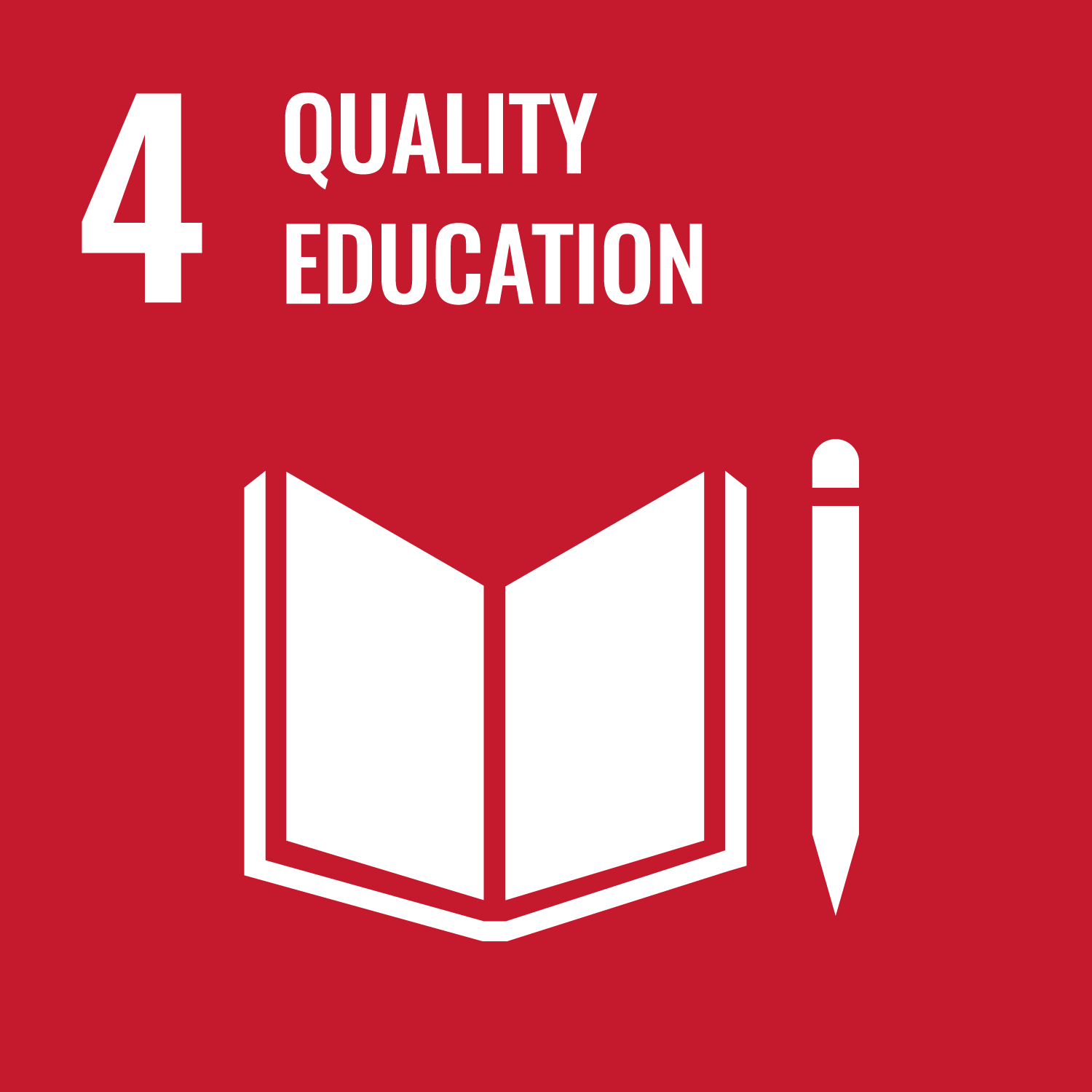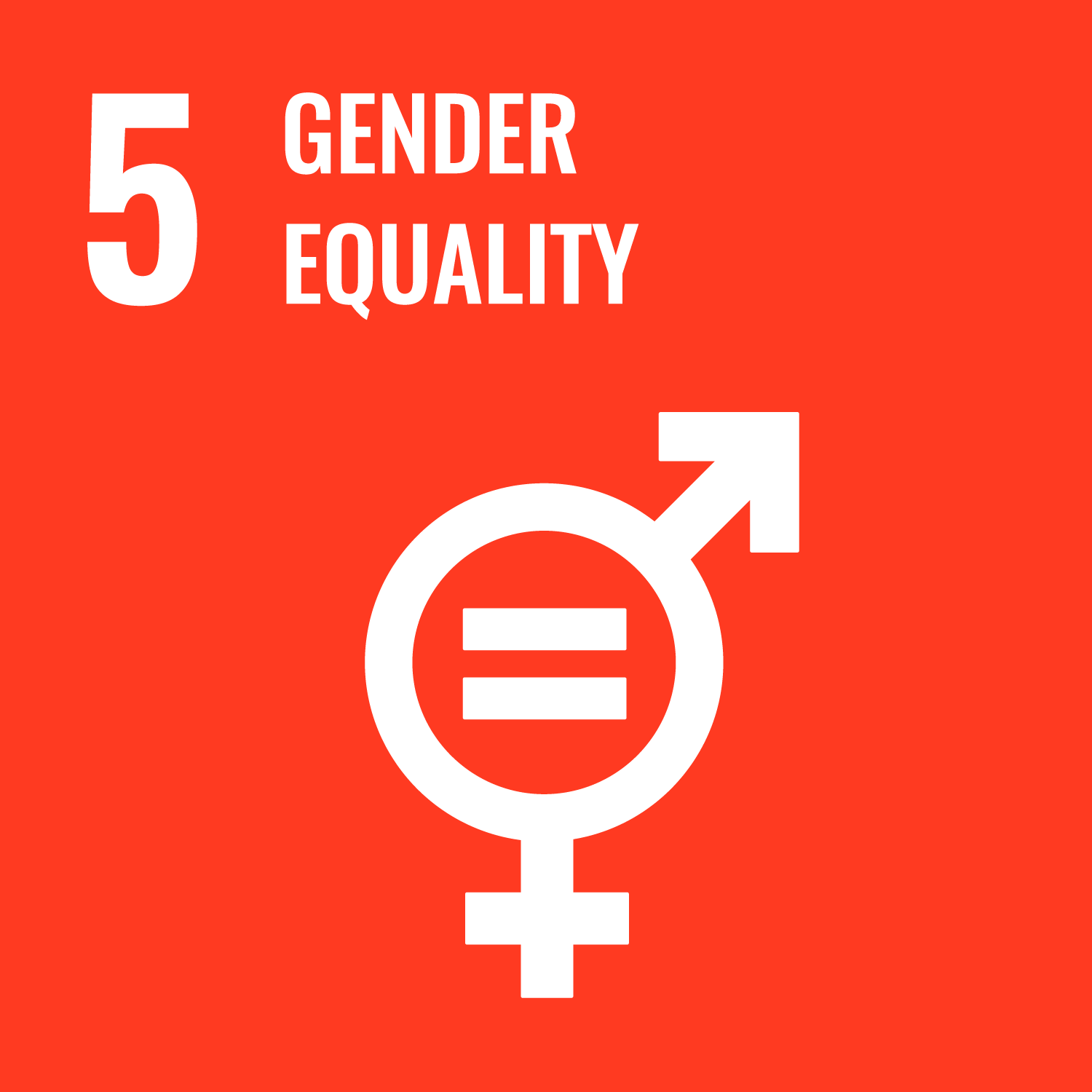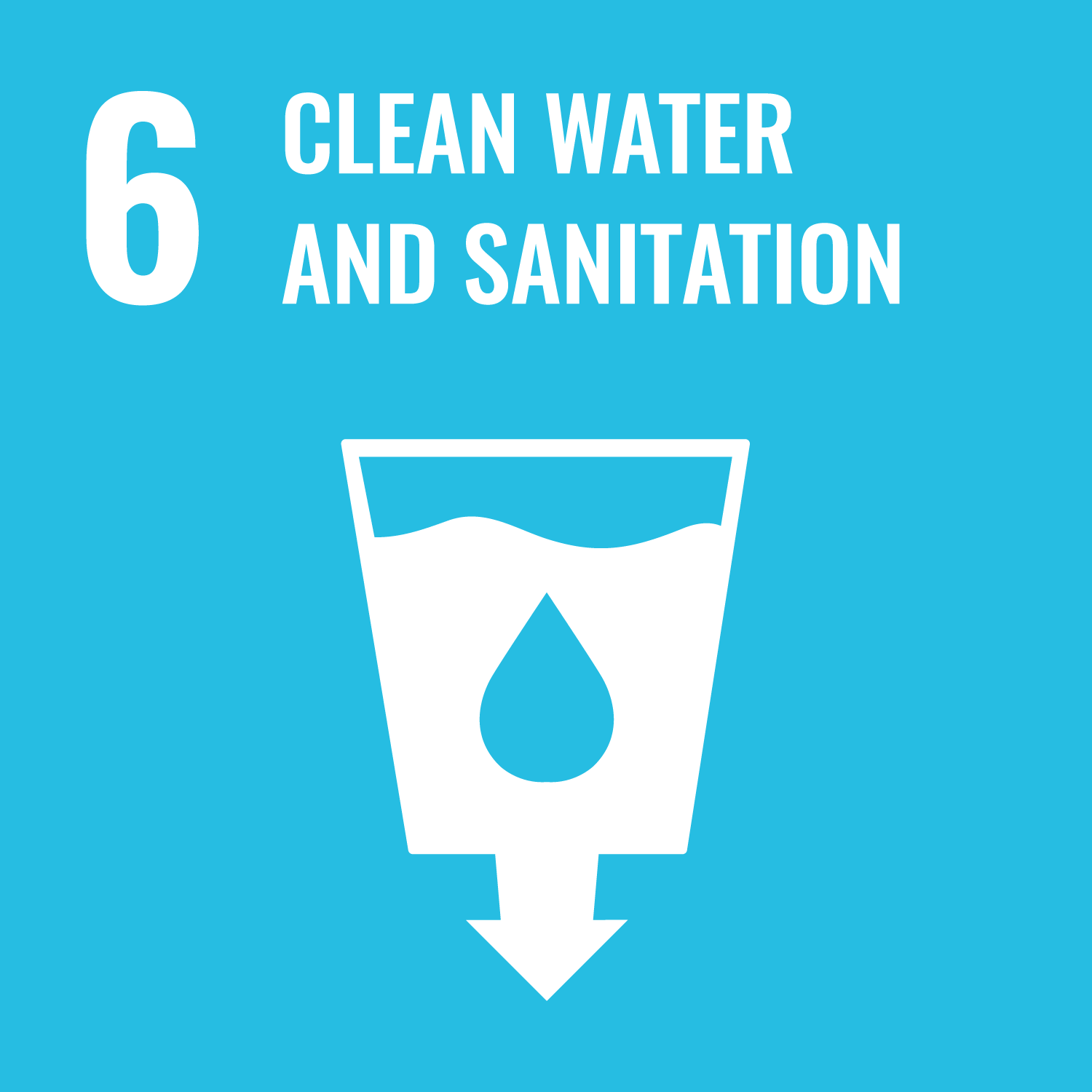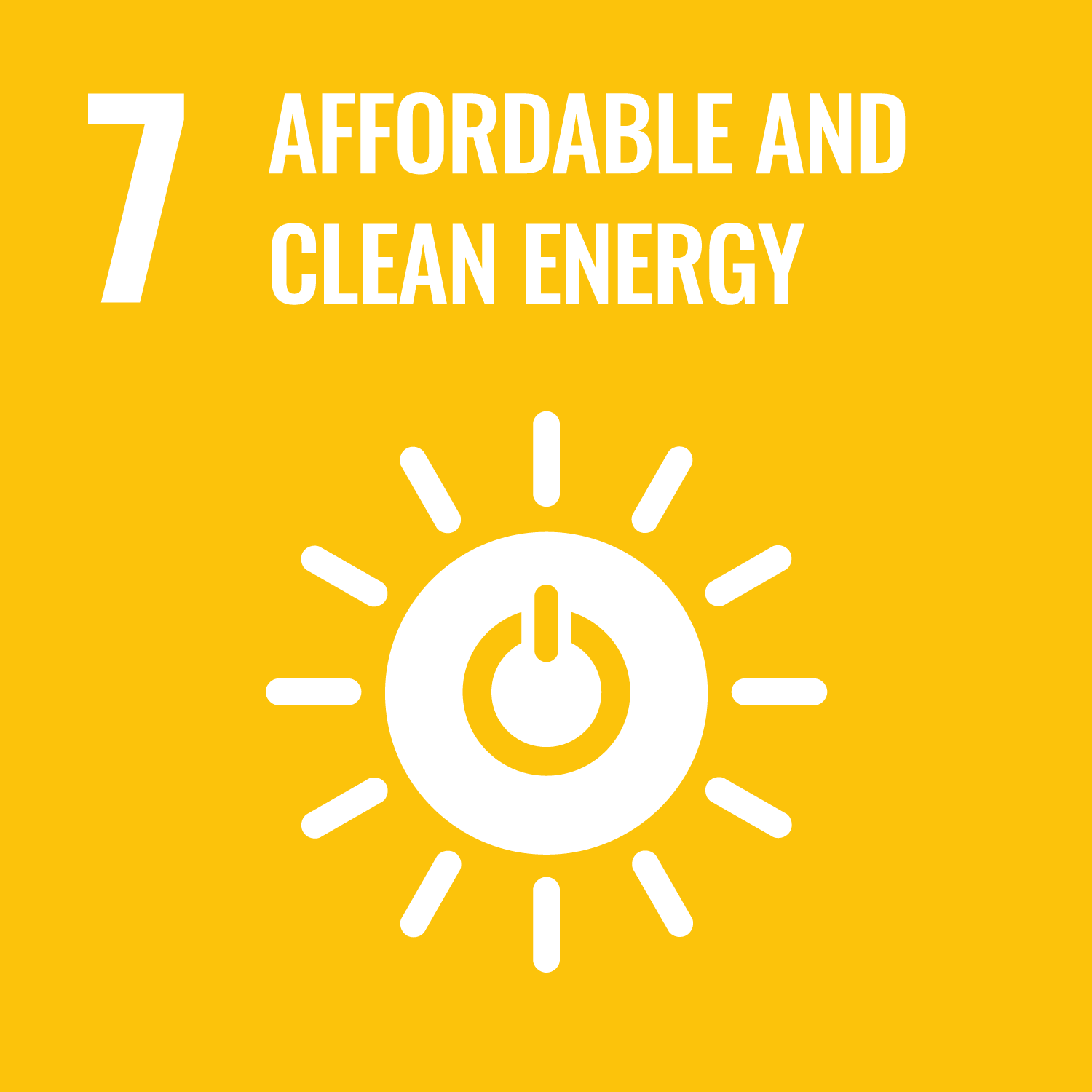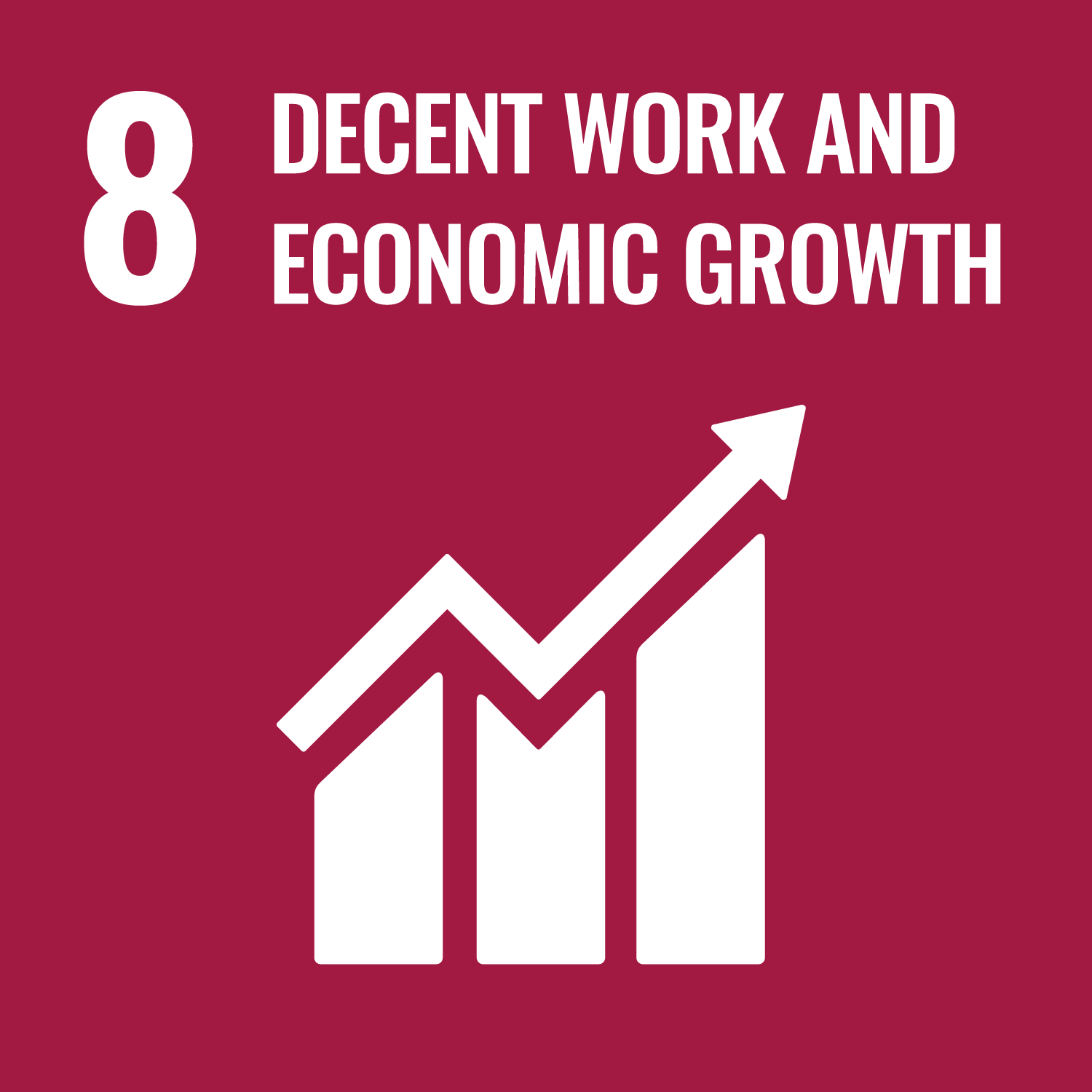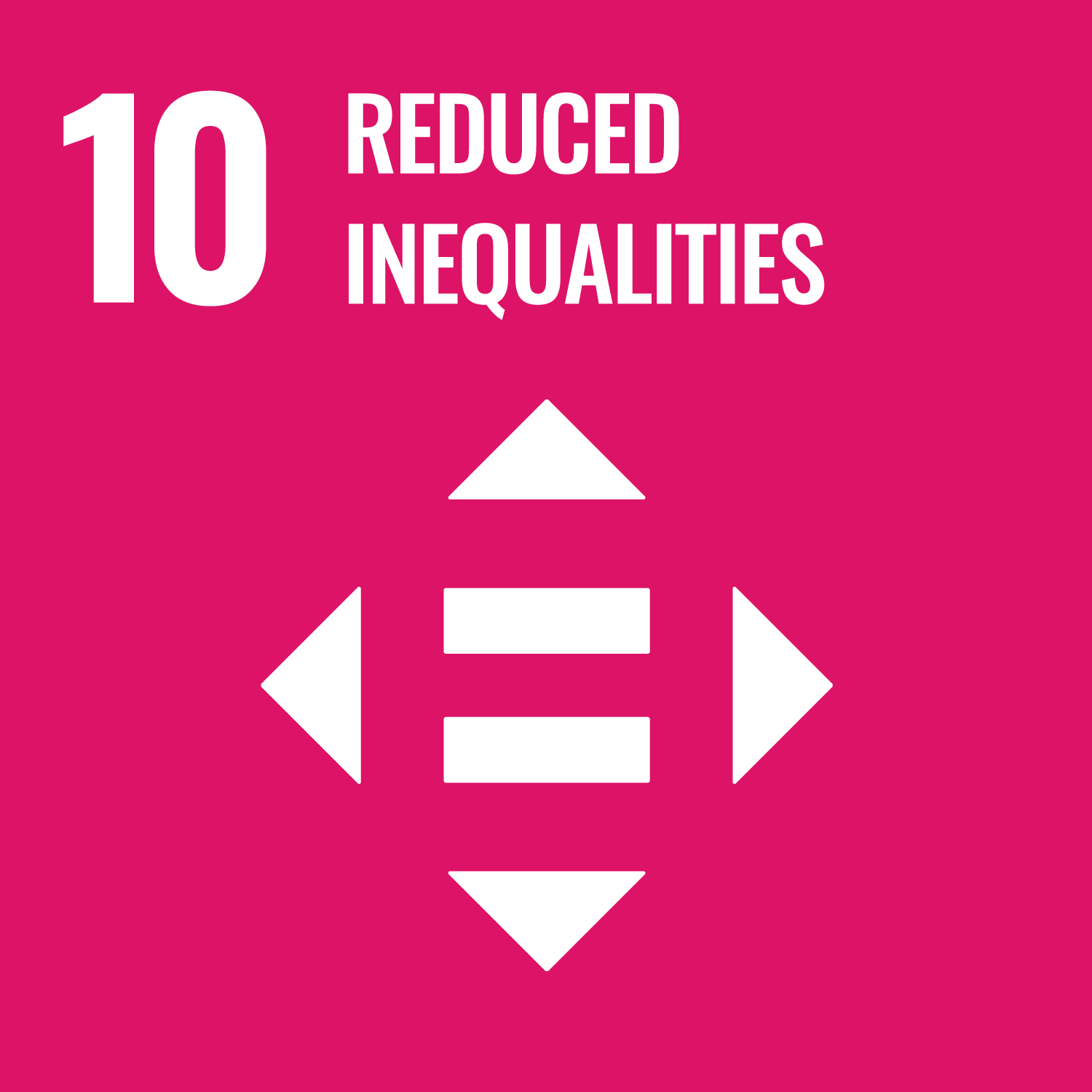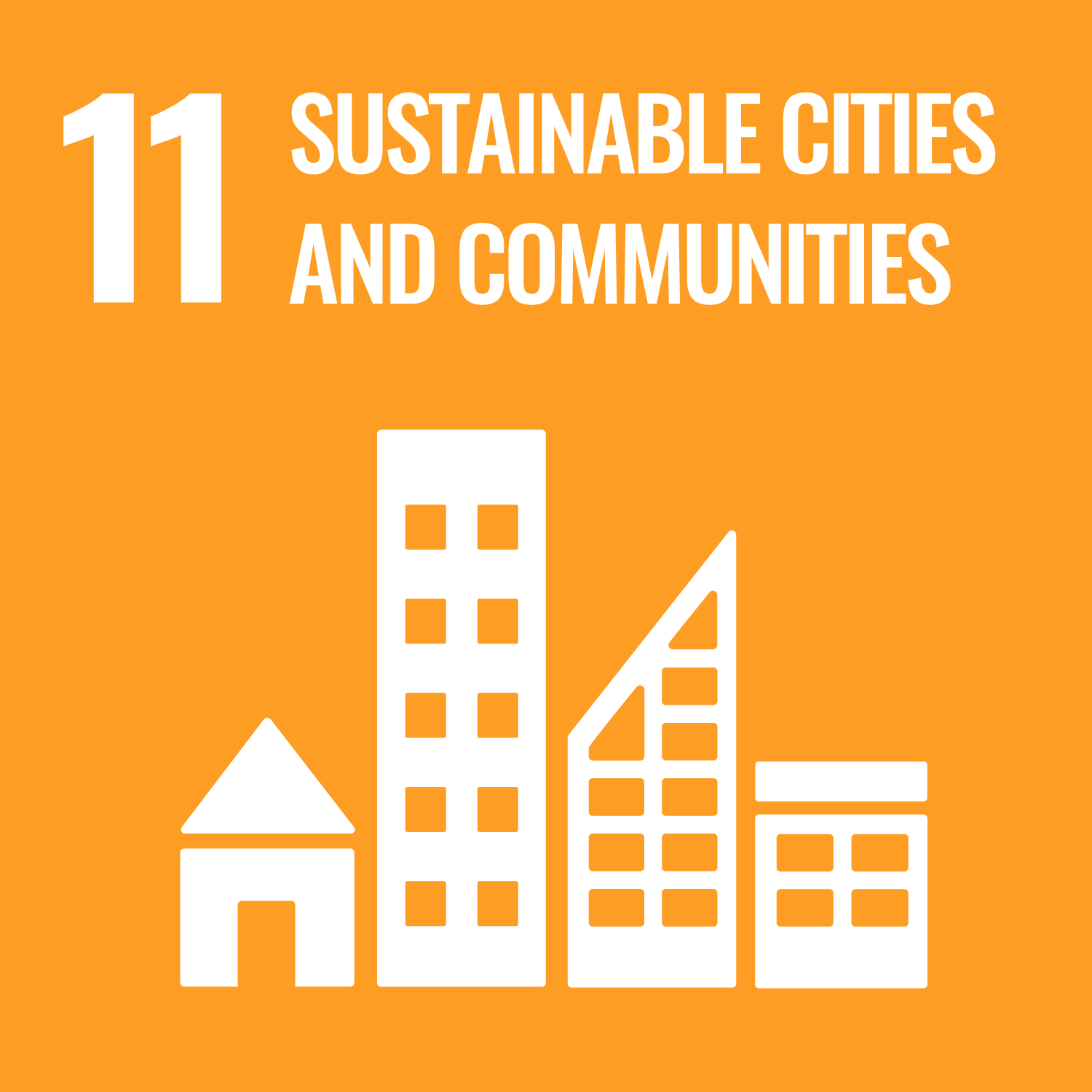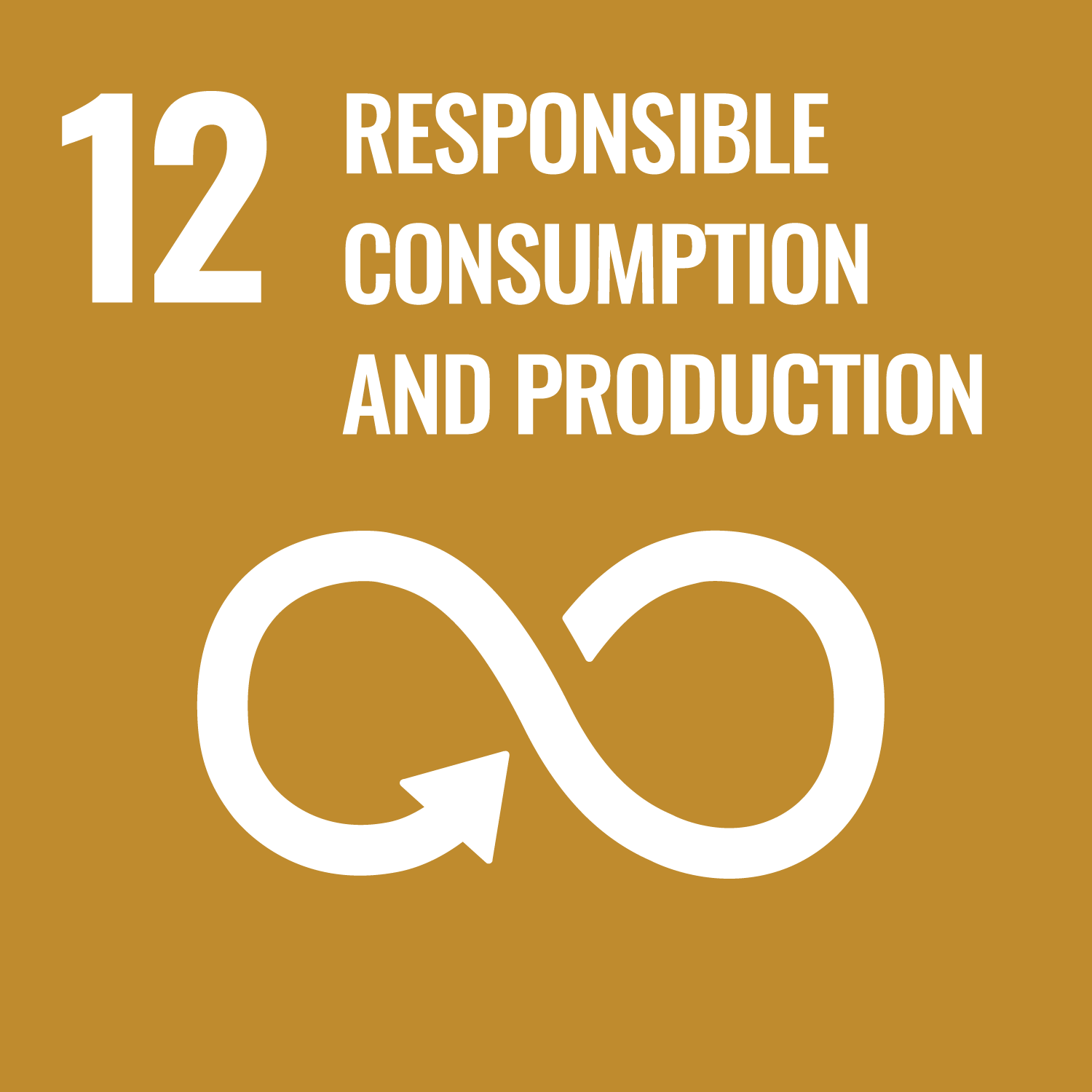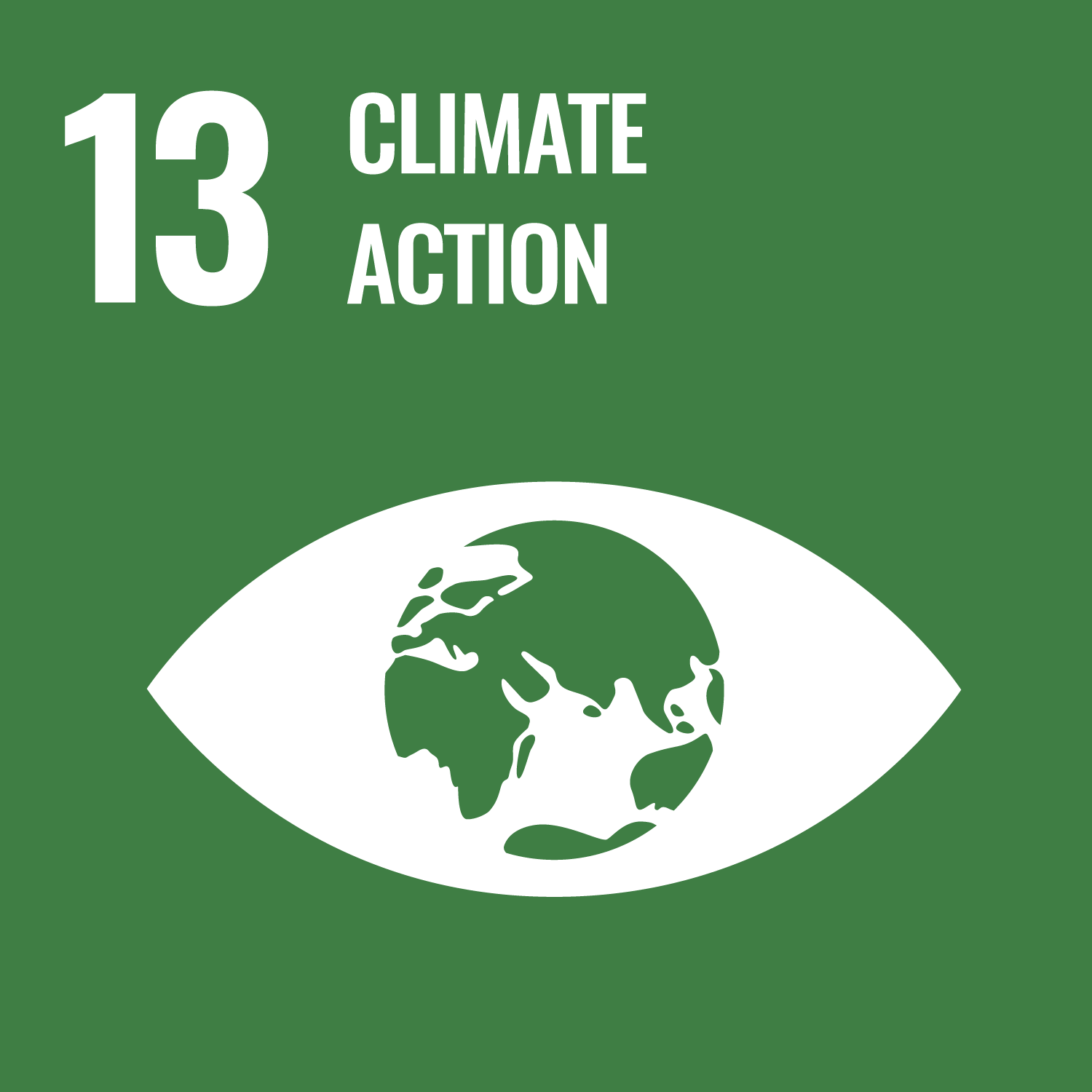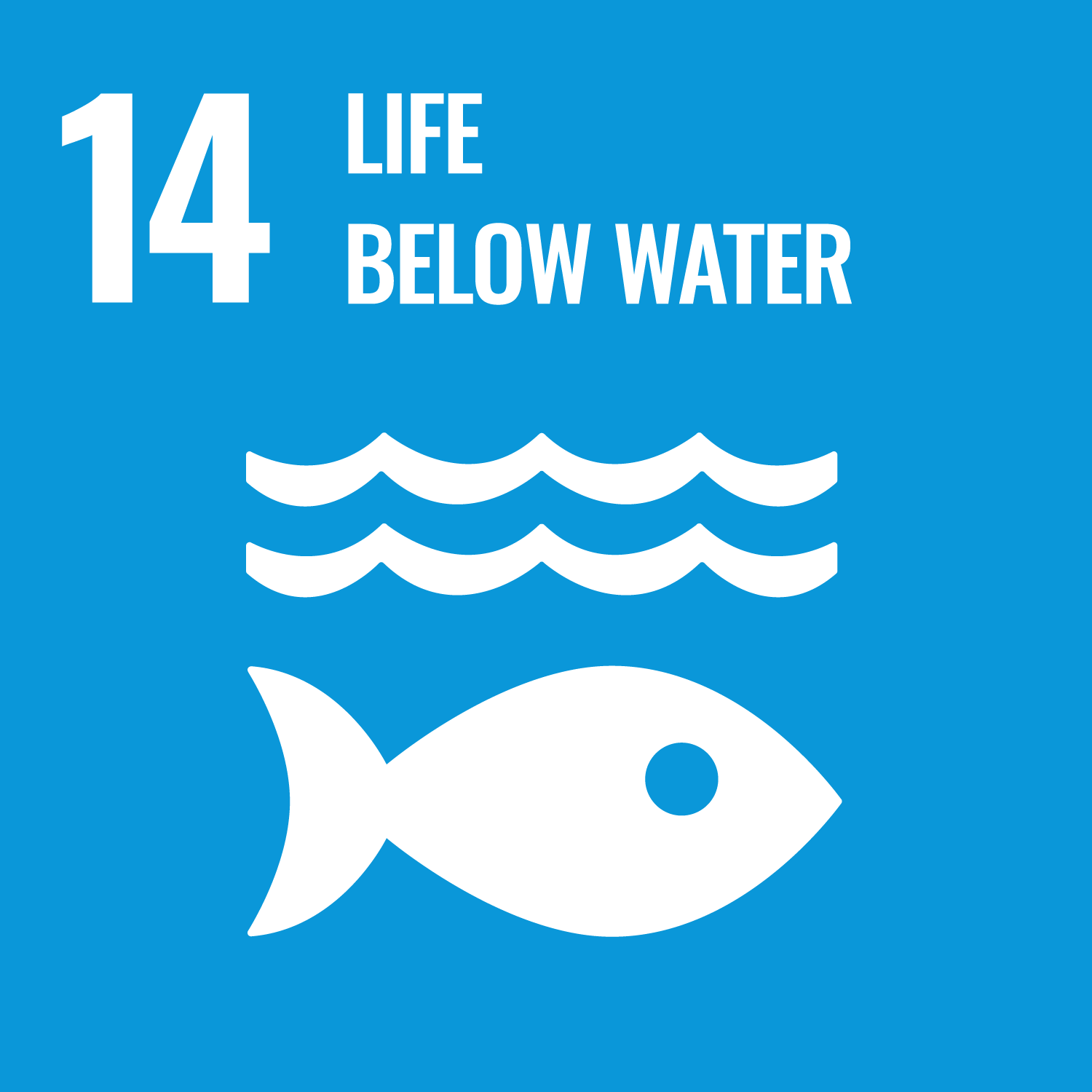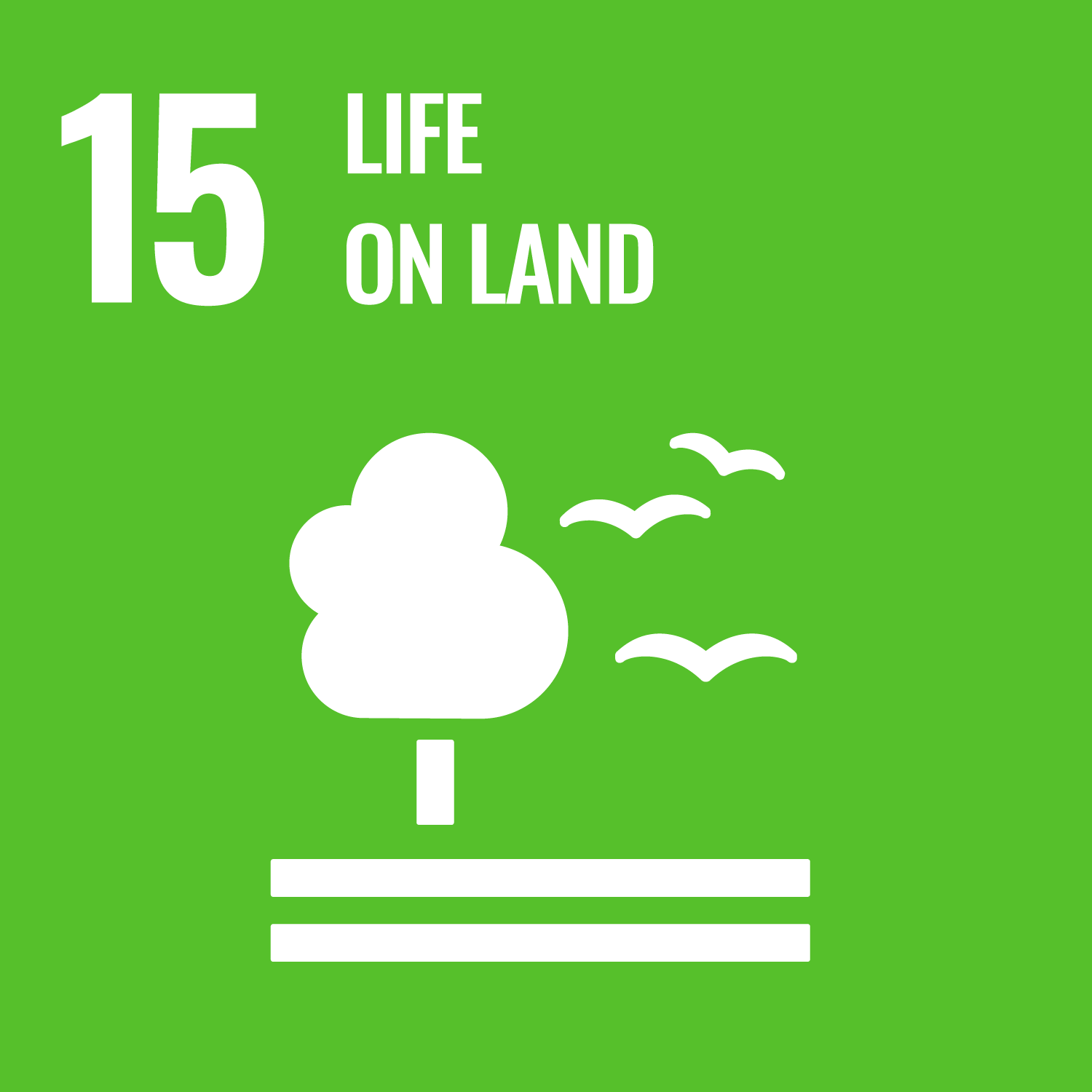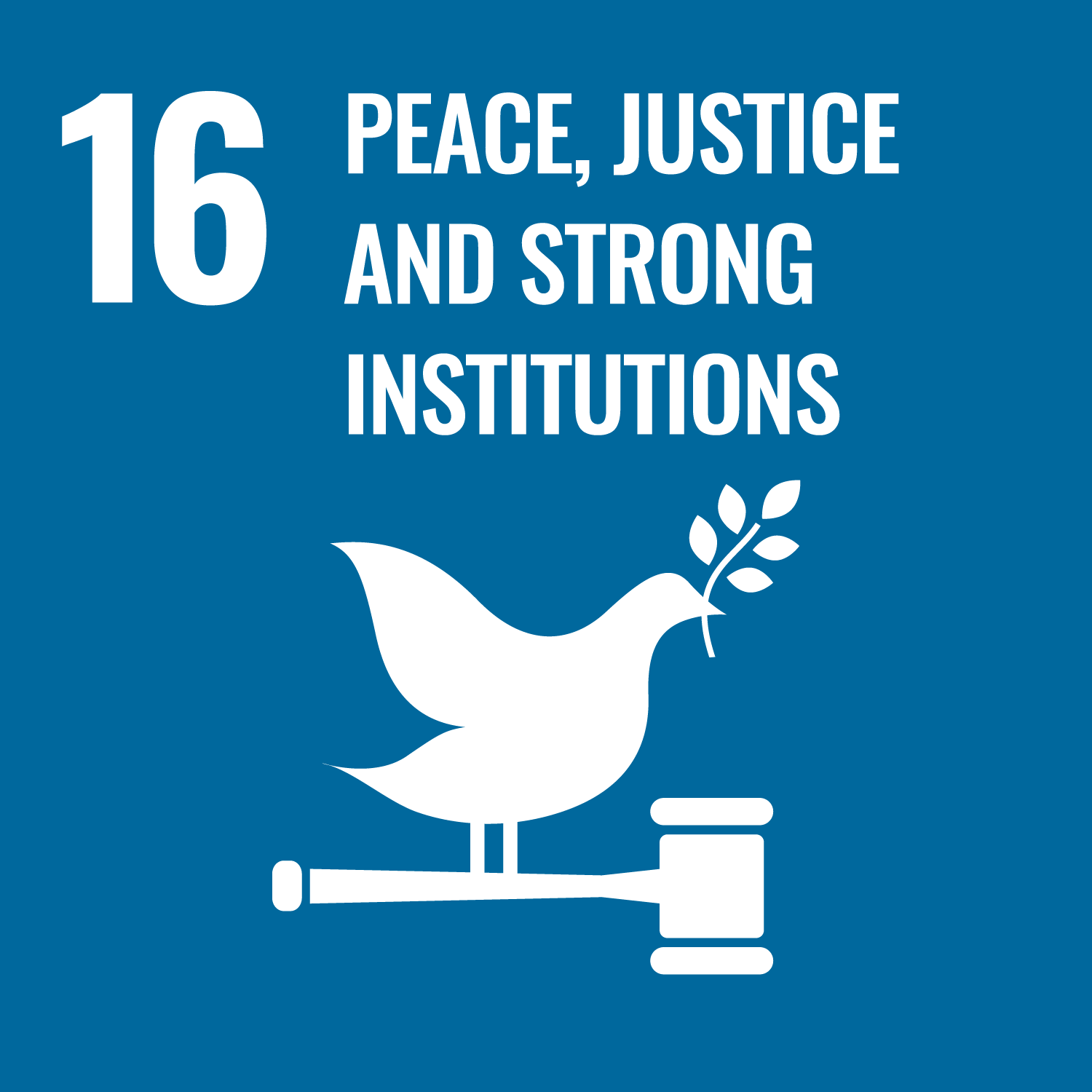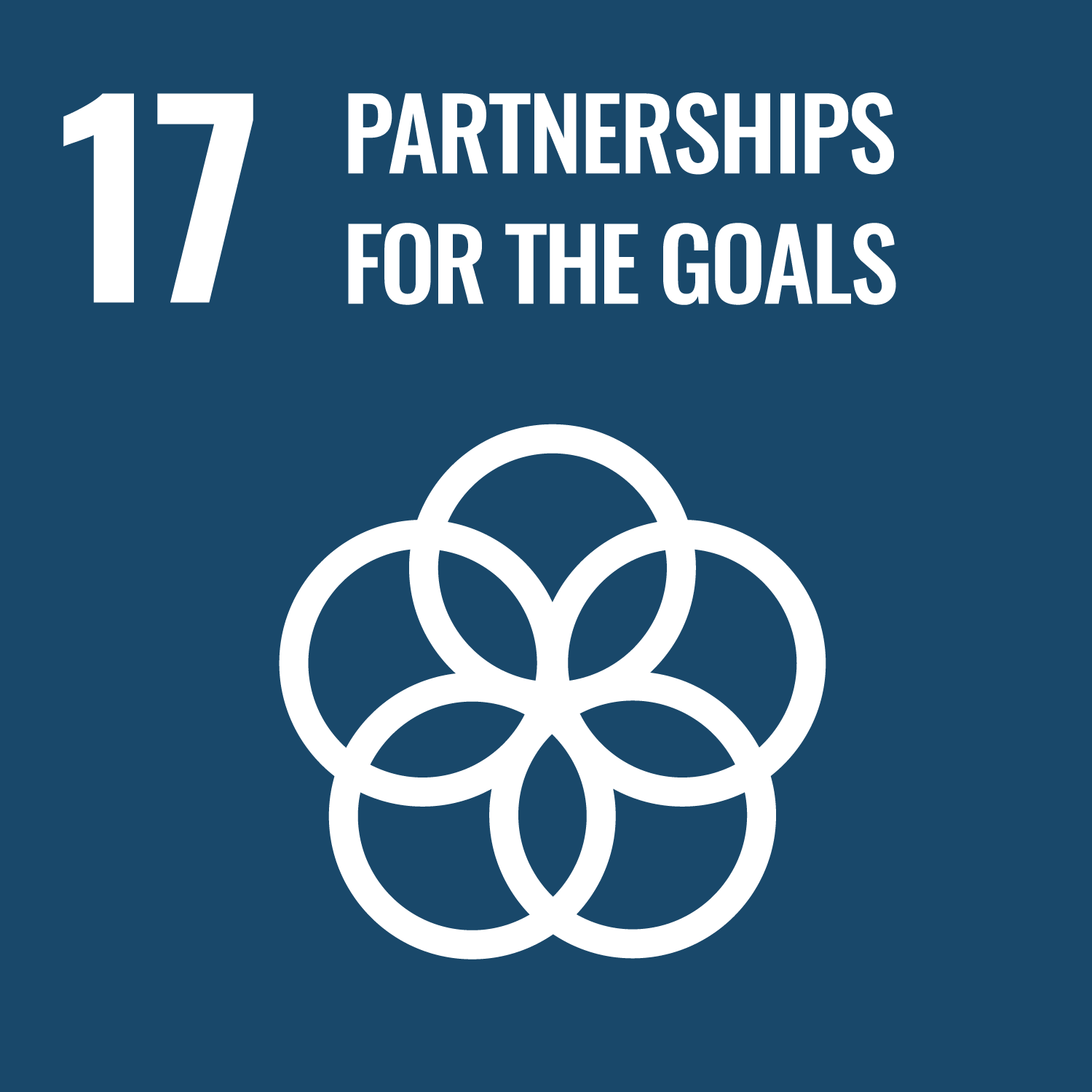What is the Project?
Architecture design & planning has taken center stage across multiple cities – Vancouver at 400—675 W Hastings St, Victoria at 201–844 Courtney Street, Calgary at 1900—700 2 St SW, and Edmonton at 307—10110 104 St NW. The project operates within a framework of social impact, impact, architecture, design, and sustainability. Each city proudly displays locally significant territories; Vancouver’s operations acknowledge xʷməθkʷəy̓əm (Musqueam), Sḵwx̱wú7mesh (Squamish), and səlilwətaɬ (Tsleil-Waututh); Victoria embraces lək̓ʷəŋən (Songhees, Esquimalt) and WSÁNEĆ (Saanich); Calgary’s presence spans Siksika, Piikani, Kainai (Blackfoot Confederacy), Chiniki, Bearspaw, Goodstoney (Stoney Nakoda), Tsuut’ina, and Métis; while Edmonton celebrates nêhiyawak (Cree), Anishinaabe (Saulteaux), Niitsitpaiisini (Blackfoot), Métis, Dene, and Nakota Sioux. The expertise spans across disciplines such as architecture, brand + digital, inclusive design, place + planning, sustainability, and wayfinding – all backed by a remarkable bcorp score of 98.8.
Main Benefit
The project is known for its robust operational model and significant social impact. Key figures and facts include:
- Bcorp score of 98.8 ensuring high standards in social and environmental performance
- Main keywords driving the vision: social impact, impact, architecture, design, sustainability
- Offices in Vancouver, Victoria, Calgary, and Edmonton – each with detailed contact information and local territorial acknowledgements
- Disciplines ranging from architecture, brand + digital, and inclusive design to sustainability and planning
- An impressive portfolio of projects including public institutions, community centres, libraries, and aquatic facilities
These factors combine to guarantee an approach that is both deeply rooted in community values and forward-thinking in terms of environmental impact.
Design & Operational Excellence
The project’s expansive network is a testament to design and operational excellence. Offices are strategically located in four key cities, complemented by addresses and contact information such as Vancouver’s 400—675 W Hastings St and Calgary’s 1900—700 2 St SW. Contact details like Vancouver’s 604.732.6620 and Victoria’s 250.382.6650 reflect their commitment to accessibility. It is fascinating to see traditional territorial acknowledgements woven into each office’s identity – a respectful nod to the lands of xʷməθkʷəy̓əm, Sḵwx̱wú7mesh, səlilwətaɬ, lək̓ʷəŋən, WSÁNEĆ, and more. Such attention to detail reinforces the project’s dynamic operational ethos while driving home the importance of local heritage within modern urban planning.
Sustainability and Inclusivity
The project’s commitment to sustainability is reflected in its inclusive design philosophy and environmental considerations. It advocates for designs that are accessible, energetic, yet considerate of environmental impact – a truly feel-good approach that resonates with today’s dynamic societal needs. Casual in tone, the narrative occasionally flows with ellipses… a natural pulse along the journey of creating spaces that are community and culturally welcoming. Key project areas range from aquatics to community development, higher education facilities, housing, libraries, public safety, and sport centers, ensuring a comprehensive approach that bridges creative design with practical, sustainable infrastructure.
Cultural and Community Integration
A crucial component of the project is its deep integration of cultural insights and community dynamics. The project carries forward indigenous values by recognizing the territories of Musqueam, Squamish, Tsleil-Waututh, Songhees, Esquimalt, Saanich, Blackfoot Confederacy, Stoney Nakoda, Cree, Saulteaux, Blackfoot, Métis, Dene, and Nakota Sioux. A careful curation of projects – ranging from the TƏMƏSEW̓TXʷ AQUATIC AND COMMUNITY CENTRE to WEI WAI KUM LANGUAGE AND CULTURE CENTRE – exemplifies an unyielding dedication to inclusivity and cultural relevance. The integration is not just academic; it is practically woven into every design and brand narrative, enhancing the quality and richness of community spaces.
Project Impact
- SDG 9: Industry, Innovation and Infrastructure – Emphasizing robust, innovative built environments.
- SDG 11: Sustainable Cities and Communities – Featuring urban designs that stand the test of time and nurture community wellness.
- SDG 13: Climate Action – Driving sustainable practices that minimize environmental impact.
- SDG 10: Reduced Inequalities – Focusing on inclusive design to serve diverse populations.
- SDG 4: Quality Education – Enhancing learning environments through thoughtfully designed public spaces.
Concluding Perspectives
The narrative of this project is both rich and expansive – a blend of precision in design and a passionate commitment to cultural, social, and environmental integrity. From detailed addresses like Vancouver’s 400—675 W Hastings St to the meticulously curated list of projects including the VANCOUVER’S AWESOME ALLEYS: FIVE-YEAR STRATEGY and the HAICO OCEAN HOUSE EXTERIOR ENTRANCEWAY, every element resonates with the mission of social impact and sustainability. The operating philosophy reflects a collective strength and unyielding pursuit of knowledge – a reminder that design is as much about impact and community as it is about aesthetics. This approach affirms that high sustainability scores and meticulous planning are not mutually exclusive but rather work in tandem to build lasting legacies across regions. Casual yet engaging, the project’s journey is a celebration of architecture’s best practices, and it continuously inspires further innovations and initiatives that enhance both urban landscapes and the quality of life for communities everywhere.

